If you’re planning a trip across North America, it’s worth noting we’re home to some fearsome features. Maybe you’re hiking through the Rockies or lounging on a beach in Florida. While you’re out there enjoying nature, remember that not all creatures are as friendly as they look. North America is home to some venomous critters that you should definitely steer clear of. Here’s a list of 15 venomous creatures, with a mix of the infamous and the lesser-known, to keep you on your toes—or maybe just keep you indoors.
1. Rattlesnakes Are Just as Scary as They Sound
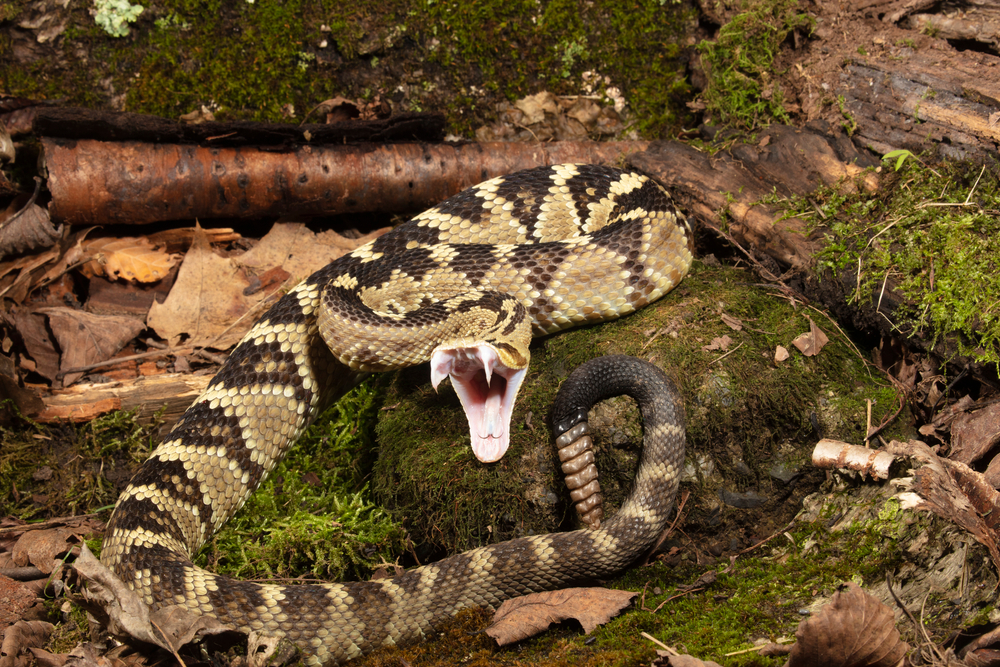
When you hear that distinctive rattle, it’s not the time to test your bravery. Rattlesnakes, found in diverse habitats from deserts to forests, use that sound as a warning to back off. These serpents are masters of camouflage, blending into their surroundings effortlessly. A rattlesnake bite can ruin a perfectly good day of hiking, sending you straight to the hospital. The venom can cause internal bleeding, swelling, and other nasty symptoms. While fatalities are rare thanks to modern medicine, the bite is still a serious medical emergency.
In places like Arizona and Texas, these snakes are a bit like unwelcome neighbors. They’re out when it’s hot, soaking up the sun like everyone else. If you’re wandering through their territory, wearing long pants and boots is a good idea. And remember, these guys don’t want trouble either; they’ll only strike if they feel threatened. So if you hear a rattle, consider it your cue to gracefully exit the scene.
2. Black Widows: Not Just a Superhero’s Moniker
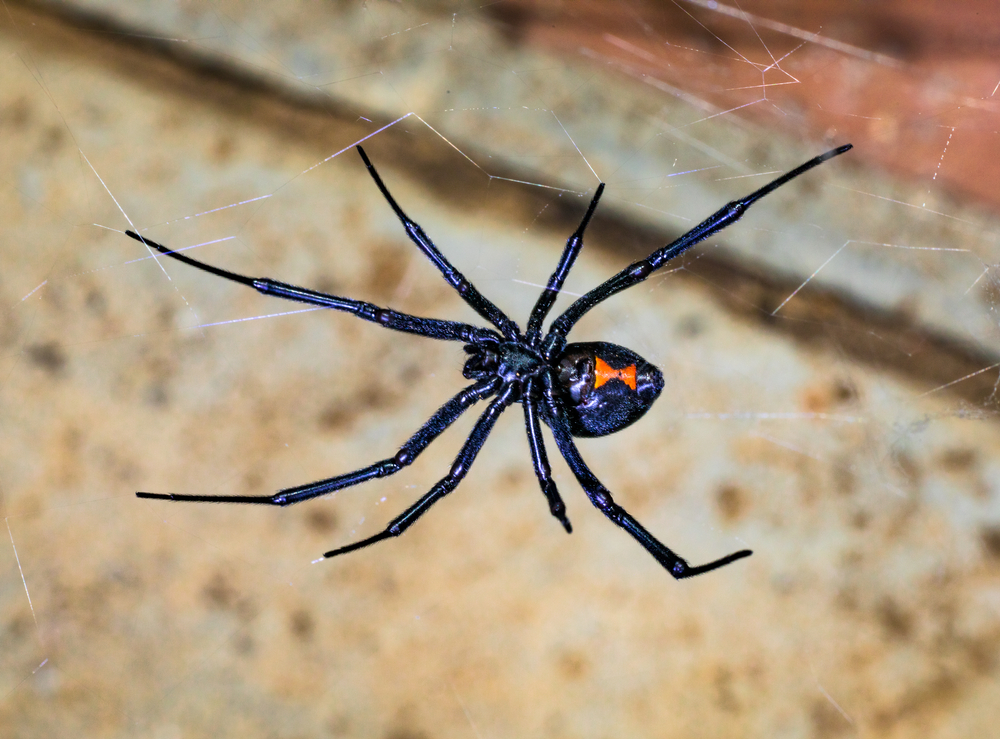
Most people wouldn’t describe a spider as beautiful, but there’s something eerily mesmerizing about the black widow. With their glossy black bodies and iconic red hourglass marking, they look like they’re dressed for an eight-legged gala. But don’t let the aesthetics fool you; they pack a venomous punch. While a black widow bite is rarely fatal, it can cause significant pain, muscle cramps, and nausea. If you ever suspect a widow bite, a trip to the doctor is a prudent move.
These arachnids prefer warm climates and are often found in dark, undisturbed places like garages and sheds. They’re shy by nature and prefer to avoid confrontation, which is why bites usually only occur when they feel cornered or endangered. So, before you reach into that pile of firewood or under the porch, give it a good shake. A little caution goes a long way in avoiding an unpleasant encounter.
3. Brown Recluse Spiders: The Silent Stalkers
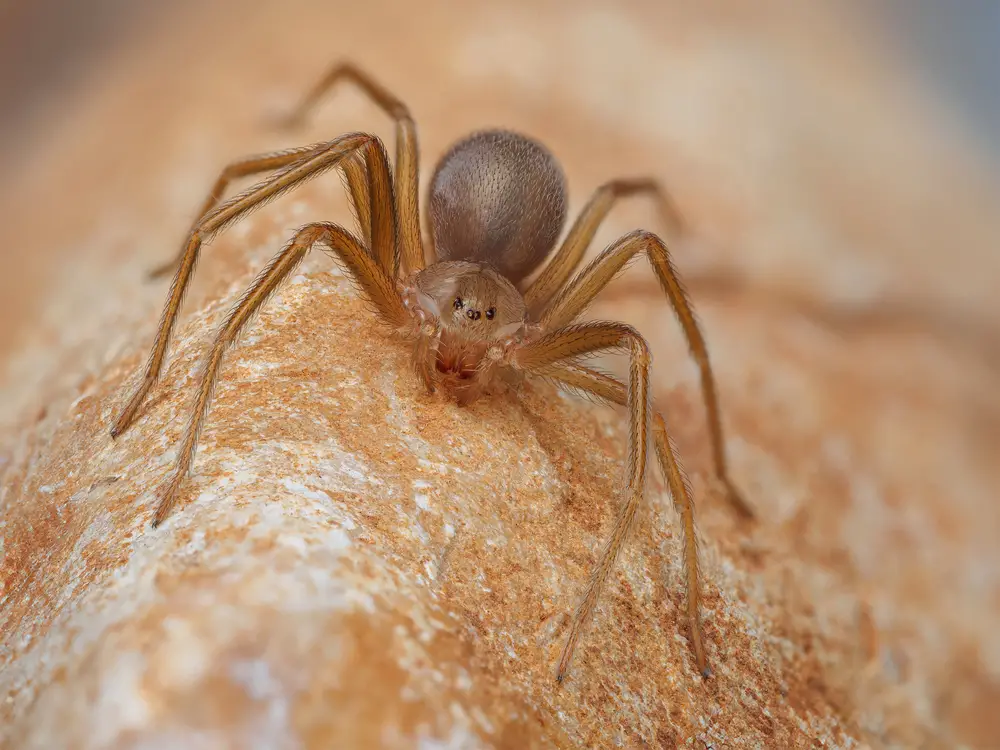
The brown recluse spider is another eight-legged menace, and true to its name, it likes to keep a low profile. Found primarily in the central and southern United States, these spiders are often mistaken for harmless house spiders. However, their bite can lead to serious health issues, including deep tissue damage and necrosis. The bite itself is often painless, which means victims might not realize they’ve been bitten until symptoms develop hours later.
Brown recluses are nocturnal and like to hide in quiet, dark places, like closets and basements. They’re not aggressive and will only bite if provoked, so the best way to avoid them is to be cautious in areas where they might be lurking. If you’re rummaging through old clothes or boxes, wear gloves and be observant. A little diligence can save you from a nasty confrontation with these sneaky spiders.
4. Coral Snakes: Beauty and Danger
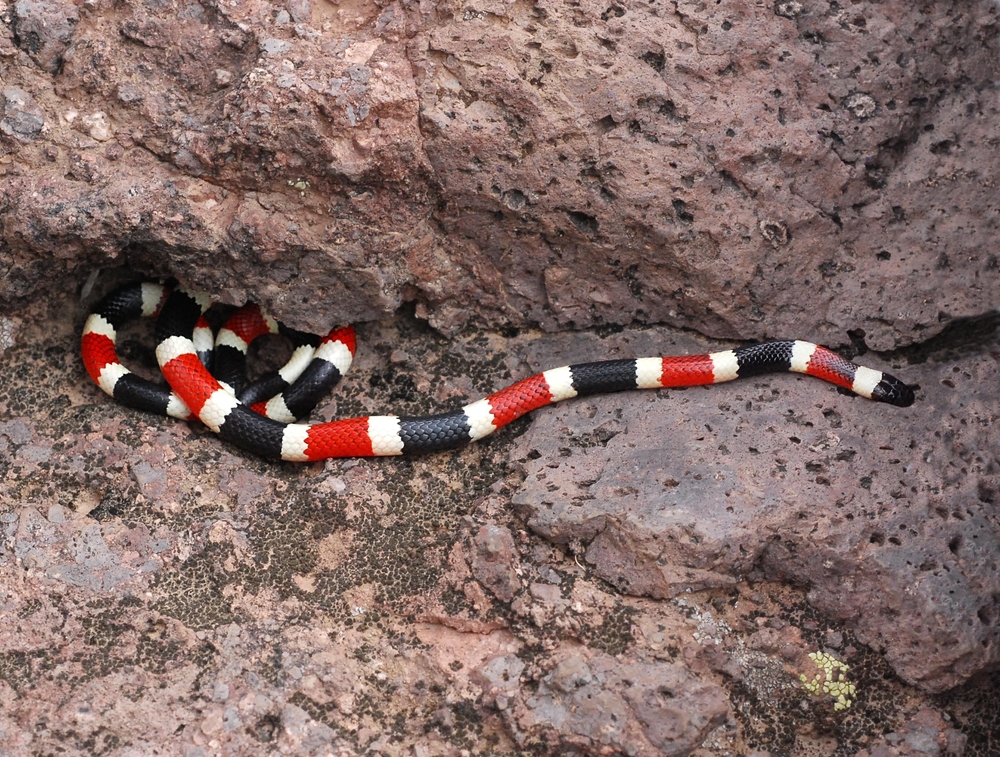
Coral snakes are the epitome of “looks can be deceiving.” With their vibrant bands of red, yellow, and black, they’re often confused with non-venomous king snakes. But there’s a simple rhyme to distinguish them: “Red touch yellow, kill a fellow; red touch black, friend of Jack.” Coral snakes carry potent neurotoxic venom that can shut down muscles and nerves, although bites are rare due to their reclusive nature and small mouths.
These colorful snakes are found in the southeastern United States, often in wooded, sandy areas. They’re not confrontational, preferring to slither away from humans rather than engage. If you happen upon one, it’s best to admire from a distance and avoid interaction. Remember, they’re more scared of you than you are of them, which is saying something given how most people react to snakes.
5. The Gila Monster: A Lethargic Lizard with a Vicious Bite
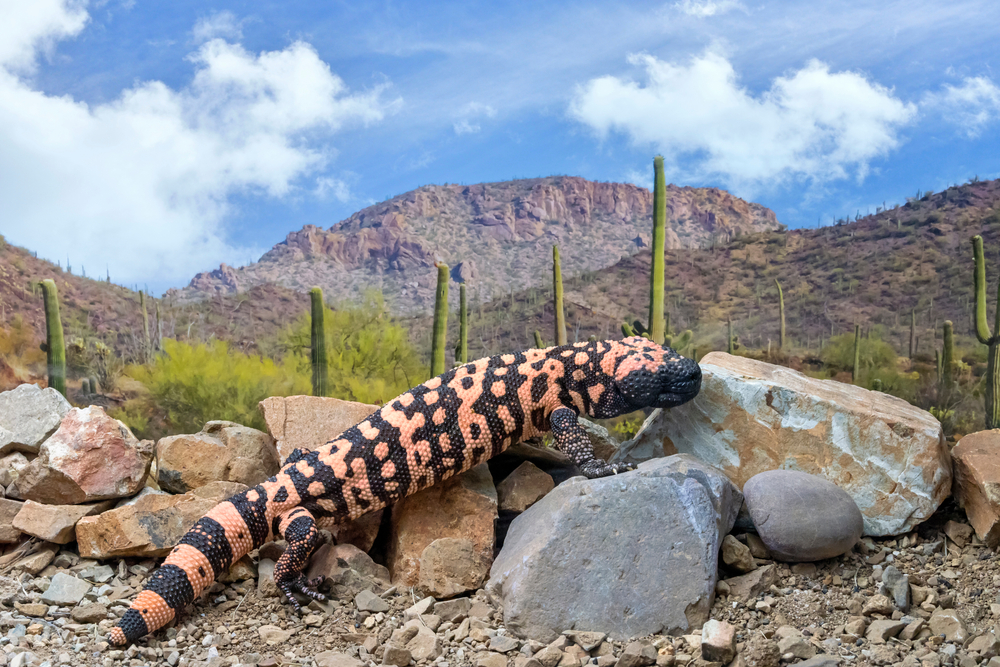
When you think of venomous animals, a chunky lizard might not be the first thing that comes to mind. However, the Gila monster definitely deserves a spot on this list. Native to the arid regions of the southwestern U.S., this lizard is one of the few venomous lizards in the world. While its bite is rarely fatal to humans, it can cause extreme pain, swelling, and nausea.
Gila monsters aren’t aggressive and usually only bite in self-defense. They’re slow-moving creatures that feed primarily on eggs and small animals. If you encounter one in the wild, it’s best to give it plenty of space. They’re more of a threat if you try to handle them, so resist the urge to play Steve Irwin. Respecting their space is the best way to keep both you and the Gila monster safe.
6. The Cottonmouth: Swamp-dwelling Trouble
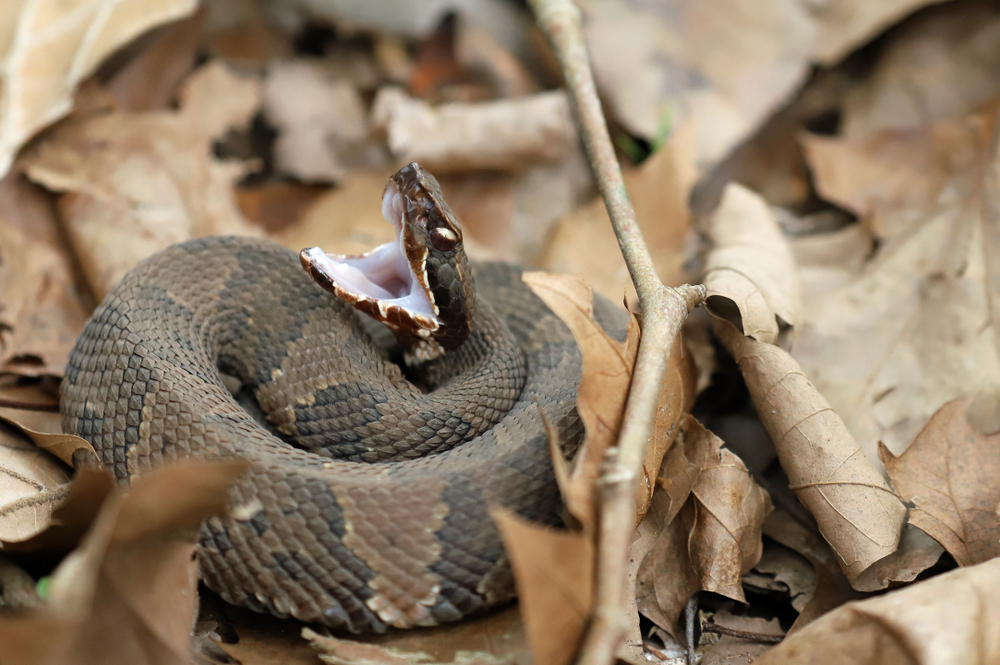
Also known as water moccasins, cottonmouths are aptly named for the white interior of their mouths that they display when threatened. These semi-aquatic snakes are found in the southeastern United States, particularly in wetland areas like swamps and marshes. Their venom is hemotoxic, destroying blood cells and preventing clotting, which can lead to severe tissue damage. Though they’re not seeking out people to bite, they will defend themselves if cornered or provoked.
Cottonmouths have a reputation for being aggressive, but like most wildlife, they’d rather avoid humans. They can be spotted basking on logs or swimming in ponds, so if you’re exploring their habitat, keep an eye out. Wearing sturdy boots and giving any snake a wide berth is always wise. Remember, these creatures are an important part of the ecosystem, so it’s best to admire them from afar.
7. The Scorpion: Desert Dangers
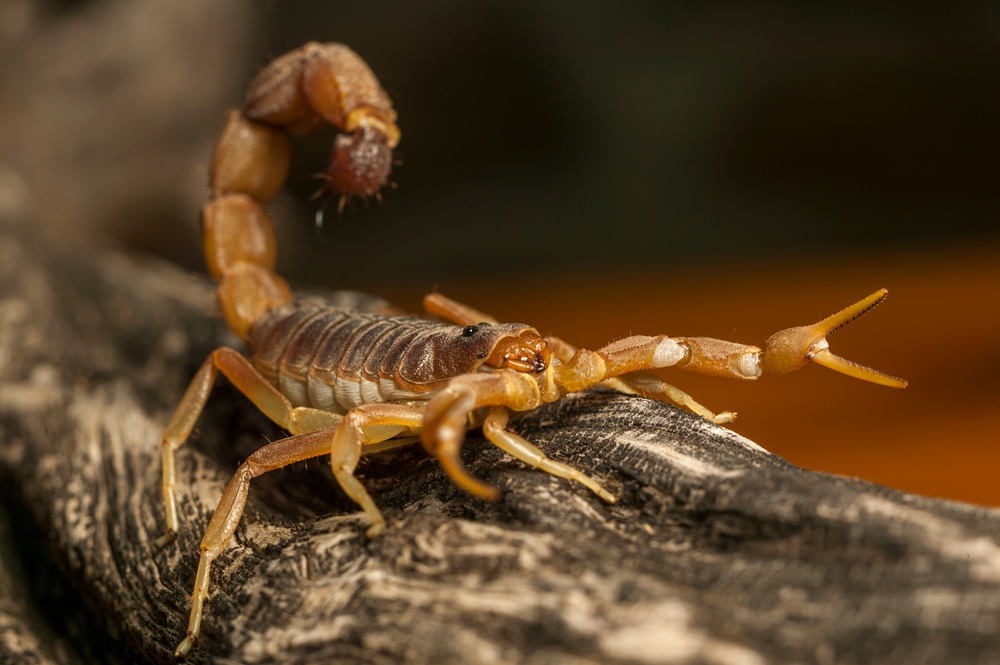
Scorpions might be small, but their sting can pack a punch. Found primarily in the southwestern U.S., the Arizona bark scorpion is the most venomous of its kind in North America. Its sting can cause intense pain, numbness, and even temporary dysfunction in the area of the sting. While serious cases are rare due to the availability of antivenom, it’s still an experience you’d rather avoid.
These nocturnal hunters often hide under rocks, logs, and in crevices during the day, coming out to hunt at night. If you’re camping or hiking in scorpion territory, it’s wise to shake out your shoes and clothes before putting them on. And when reaching into dark places, proceed with caution. A little vigilance can save you a painful encounter with these armored arachnids.
8. The North American Copperhead: A Stealthy Surprise
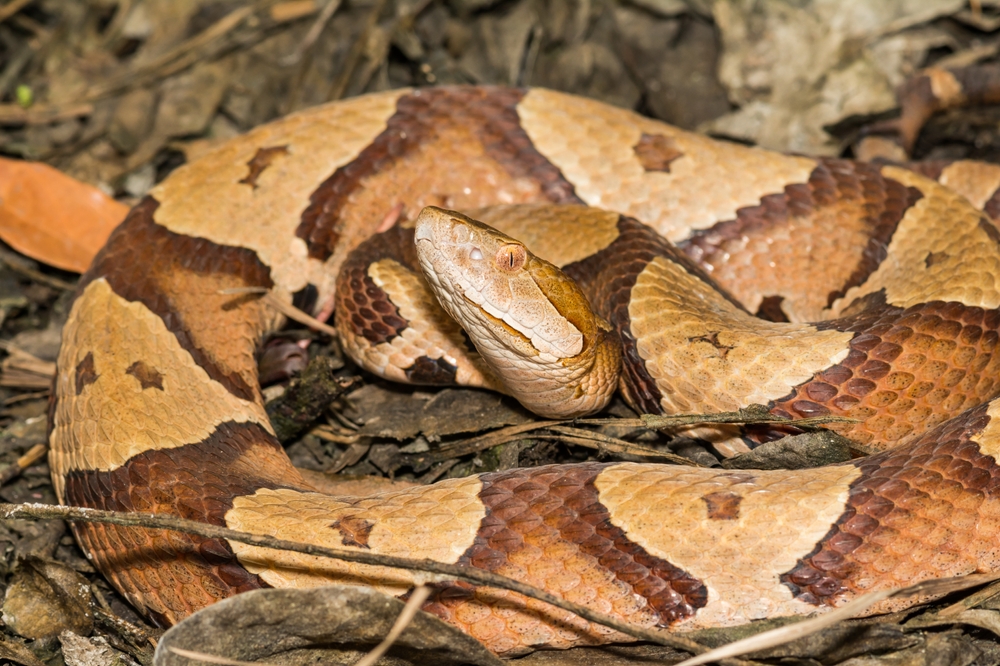
Copperheads are known for their camouflage, which makes them hard to spot in leaf litter and forest floors. These snakes are found in the eastern and central U.S. and are responsible for more venomous snake bites in North America than any other species. While their venom is less potent than that of some other snakes, a bite can still cause significant pain and swelling. Luckily, copperhead bites are rarely fatal to humans, but they should always be treated as a medical emergency.
The good news is copperheads are generally non-aggressive and usually only bite when provoked. If you’re hiking or exploring in their habitat, it’s crucial to watch your step and avoid reaching into places where you can’t see. They rely on their camouflage to avoid predators, so they’re not out to get you. Respect their space, and they’re likely to leave you alone.
9. The Western Diamondback: A Rattlesnake with an Attitude
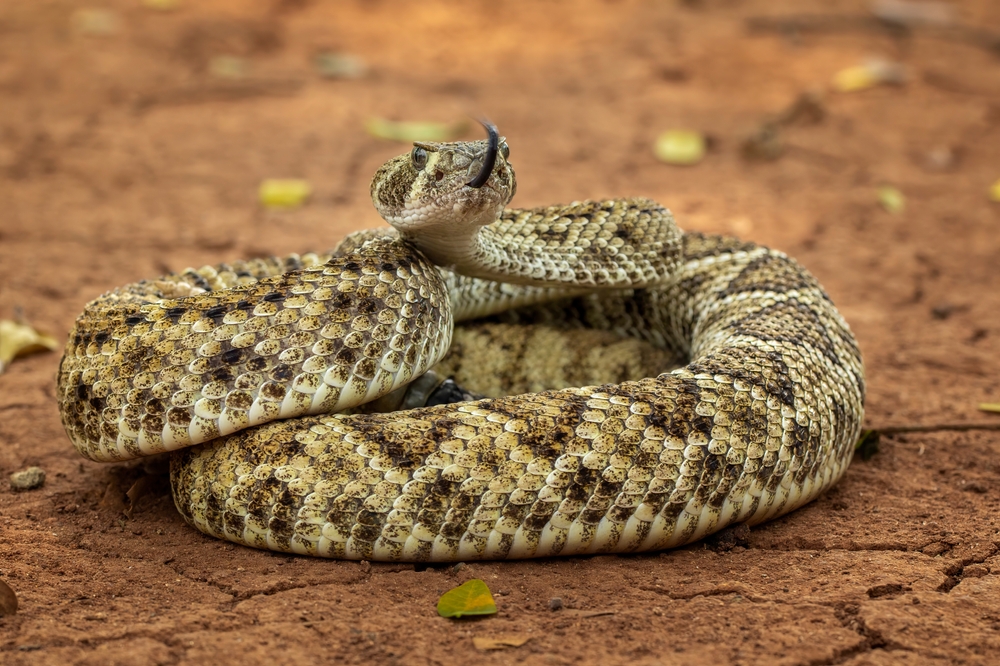
Western diamondbacks are the most recognizable of the rattlesnake family, known for their distinct diamond pattern and impressive rattle. These snakes are found in the southwestern U.S. and Mexico, and they’re known for their readiness to stand their ground. Their venom is hemotoxic, causing serious damage to tissue and blood cells, and a bite can be very dangerous if not treated promptly. Despite their fierce reputation, these snakes will usually warn you before they strike with their iconic rattle.
If you hear that chilling sound, it’s nature’s way of saying “back off.” Wear sturdy boots and be mindful of where you step, especially in areas with dense undergrowth or rocky crevices. And if you do encounter one, give it plenty of space and a clear path to escape. These snakes aren’t looking for a fight; they just want to be left alone.
10. The Eastern Coral Snake: A Crafty Conundrum
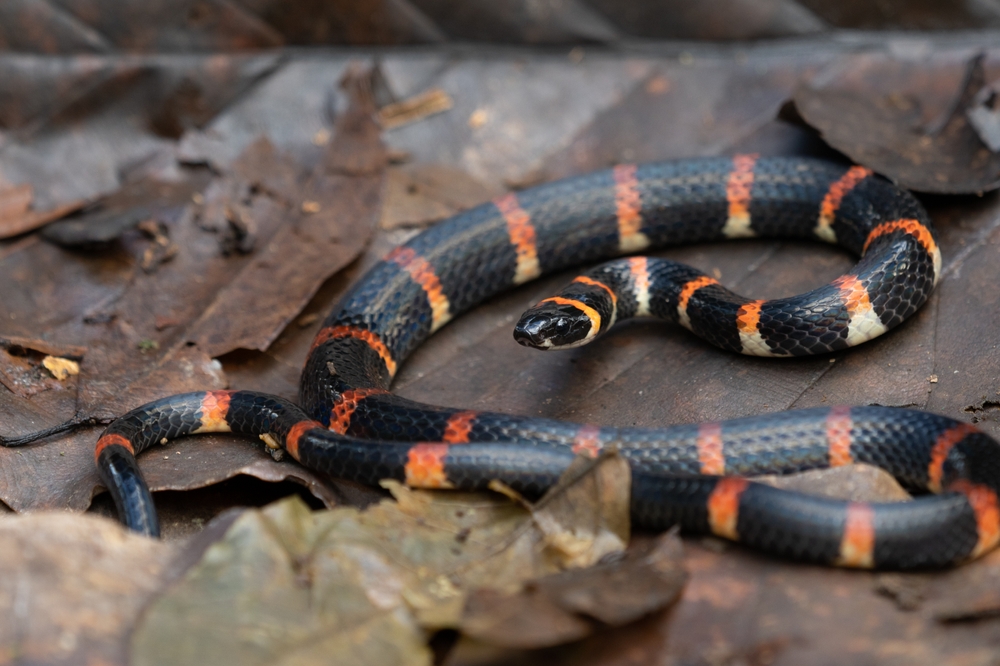
The Eastern coral snake is a master of disguise, often mistaken for its harmless look-alikes, the king snakes. However, remember the rhyme: “Red touch yellow, kill a fellow.” Their venom is highly neurotoxic, affecting the nervous system and potentially leading to respiratory failure. Bites are extremely rare due to their reclusive nature, but they require immediate medical attention when they occur.
Coral snakes are found in the southeastern U.S., often lurking in wooded and sandy areas. They’re not aggressive and generally avoid human contact, but they may bite if handled or accidentally stepped on. If you spot one, it’s best to admire it from a distance and let it go about its business. With a little knowledge and caution, you can safely enjoy the great outdoors without a venomous encounter.
